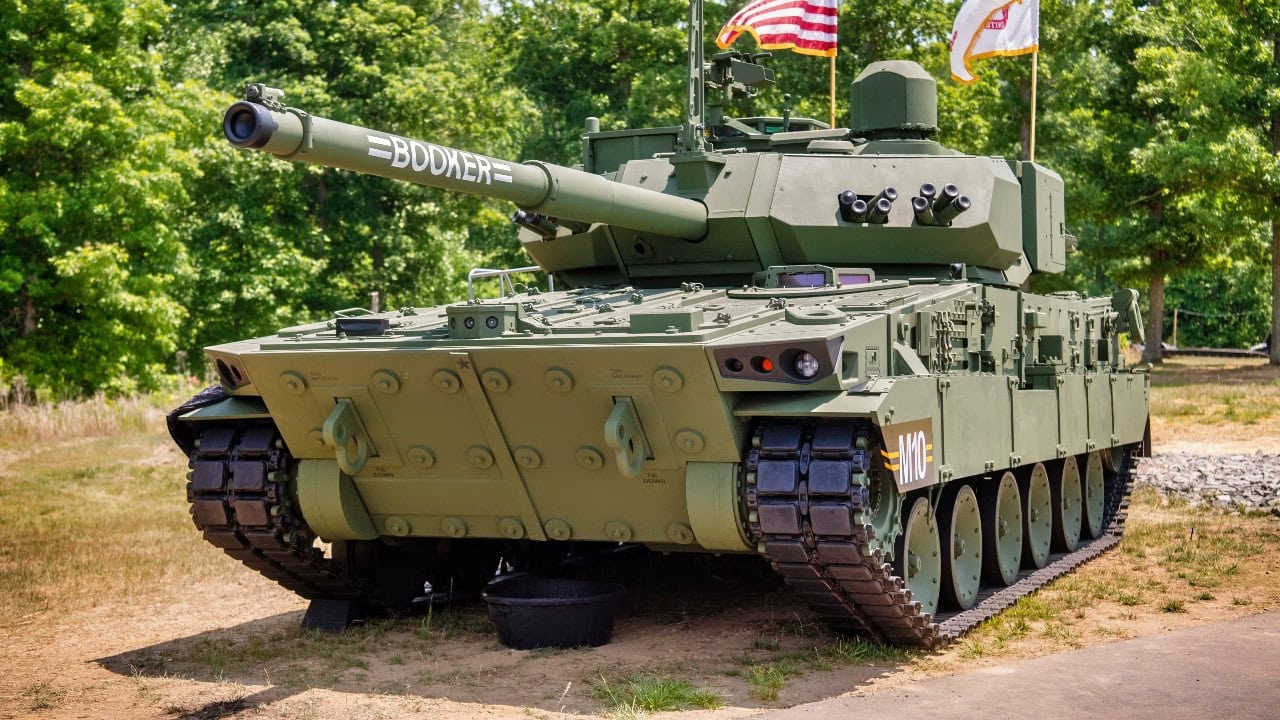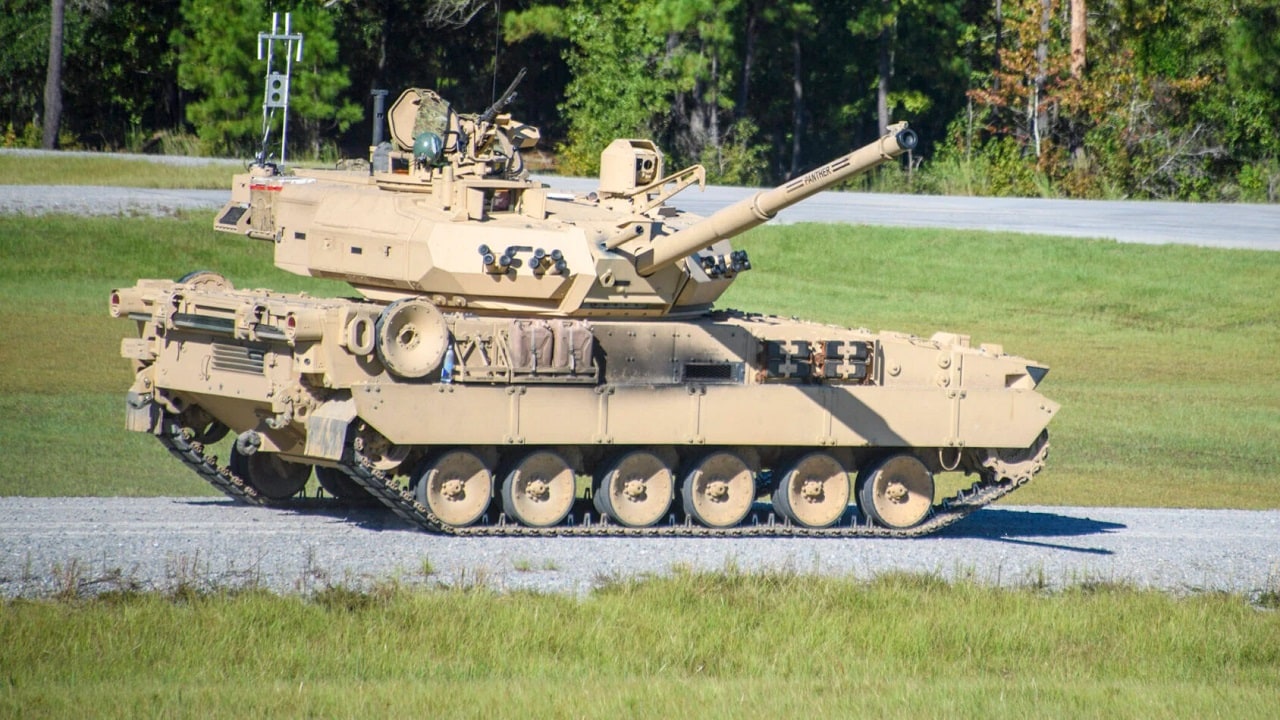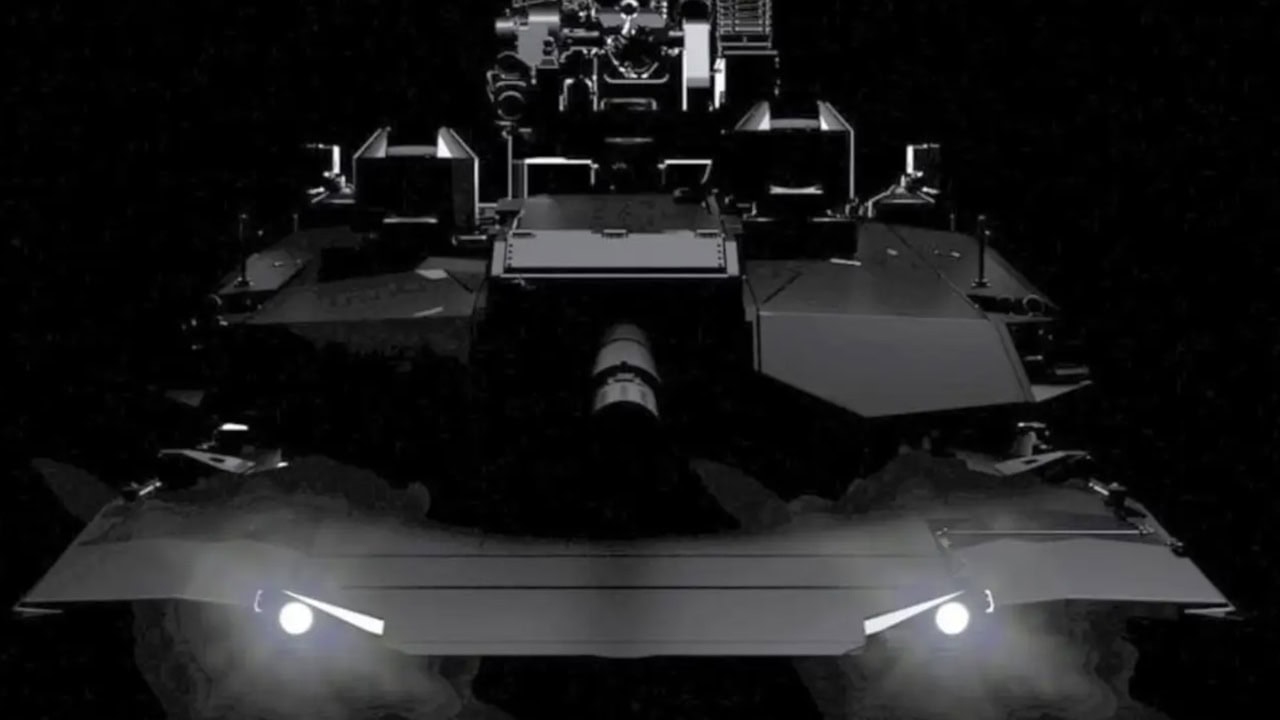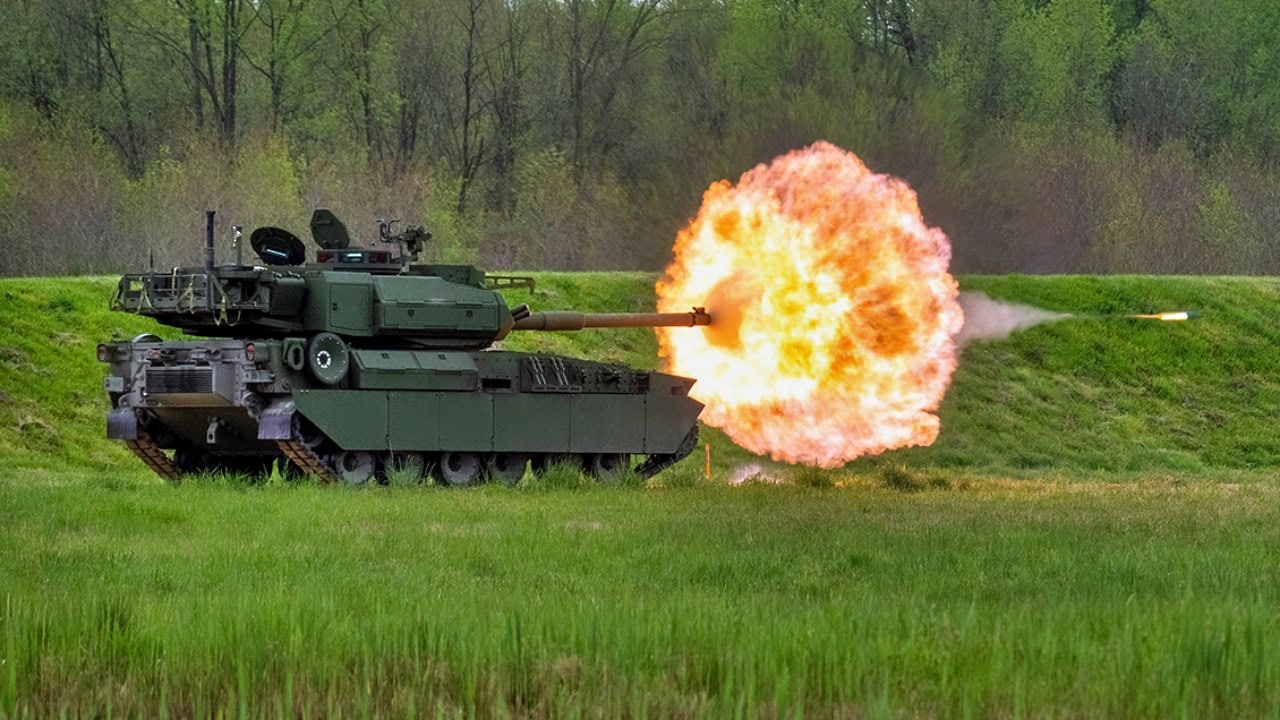U.S. Army’s M10 Booker Light Tank Is Already Running Into Problems: The U.S. Army’s M10 Booker light tank has already been called into question, even though it hasn’t been fully deployed yet to Fort Campbell, Kentucky.
The armored vehicle can help light infantry soldiers deliver more firepower and increase the survivability of the force, but it will already have problems when stationed at the post. The M-10 is too heavy to cross eight of the eleven bridges at the installation.

The M10 Booker Combat Vehicle proudly displays its namesake on the gun tube during the Army Birthday Festival at the National Museum of the U.S. Army, June 10, 2023. The M10 Booker Combat Vehicle is named after two American service members: Pvt. Robert D. Booker, who posthumously received the Medal of Honor for actions in World War II, and Staff Sgt. Stevon A. Booker, who posthumously received the Distinguished Service Cross for actions during Operation Iraqi Freedom. Their stories and actions articulate the Army’s need for the M10 Booker Combat Vehicle, an infantry assault vehicle that will provide protection and lethality to destroy threats like the ones that took the lives of these two Soldiers. (U.S. Army photo by Bernardo Fuller)
Designed to Assist Dismounted Infantry in Rear-guard Action
This is an ignominious start to a program that once had so much potential. The M10 was designed to provide infantry support to dismounted fighters, giving them a better advantage in combat. The idea was to equip airborne and air assault troops, who had limited armor protection, with a weapon that could effectively engage enemy tanks and armored personnel carriers. First, it would be air-droppable by a C-130. This would enable speedy deployment in battle zones after infantry troops jumped in or were infiltrated by helicopter.
Was the M10 Booker the Right Choice?
So far, so good. But some in the Army are wondering if this M10 Booker, when deployed to Europe, may also be too heavy for some smaller bridges, thinner roads, and other infrastructure there.
The Army’s defense acquisition process is one fraught with risk, and sometimes military hardware takes so long to deliver that the products may be obsolete or problematic when they finally arrive with the troops.
Critics of the Booker are not convinced the service branch made the optimum choice. “This is a story of the requirements process creating so much inertia that the Army couldn’t get out of its own way, and it just kept rolling and rolling and rolling,” according to Alex Miller, the branch’s chief technology officer, as noted by Breaking Defense.
War In Ukraine Shows that All Armor Is Doomed
The M10 may also have problems on today’s battlefield.
The war in Ukraine has shown that drone swarms with exploding warheads have been poisonous to tanks and infantry fighting vehicles. Anti-tank precision-guided missiles also take their toll. The American Bradley Fighting Vehicle has done fairly well against the Russians.
Still, the invaders have recently captured a handful of Bradleys intact and are currently rolling around the battlefield with at least one of the armored personnel carriers.
Better Suited as a Cavalry Scout and Not for Light Infantry
That mediocre performance has some wondering if the Army even needs the Booker. The idea was sound years ago, but facts on the ground have changed. The Booker could still work as a scout vehicle for an armored cavalry regiment, giving its Abrams tank buddies more flank protection and eyes and ears in front of armored columns. But that is a secondary function. The primary impetus behind the M10 Booker was to enhance the capabilities of light infantry in combat against large, heavily armored forces. It is unclear whether the M10 will be successful in these combat scenarios.
The M10 Booker Was Meant to Be Airborne and Air Mobile
The M10 Booker began in 2013 when the 82nd Airborne Division proposed replacing the parachute-deployed M551 Sheridan with a light tank. Airborne soldiers were wondering if they would still be relevant in a great power war.
The paratroopers could serve as a shock force, taking over airports and surprising the enemy by jumping into the rear echelon to cause havoc. But if they were confronted by an armored force, they did not have protection. This could lead to a trap in which many of the paratroopers could perish. The M10 Booker concept would enable more protection, and the program was given the green light.

Boomer M10. Image Credit: U.S. Army.
However, critics believe the whole thing should have been called off in 2013. “I can’t give you a rationale why everything wasn’t backed off,” Miller said. “But the first time that the requirement was sent to the one-stars in September of ‘13, and it didn’t look like the [operational needs statement] that came up in July of 2013, the Army should have gone, ‘Stop.’”
And the advantages regarding airdropping it and having it inserted by a C-130, which were its original sales points? That was called off in 2015. Which means it would have to be infiltrated to battle like an Abrams or Bradley. That should have been a sign that maybe the Booker wasn’t such an easy-to-deploy “light” tank after all.
Another idea to modernize the M10 Booker was to make it unmanned and autonomous. This would have transformed it into something that could make a difference on the modern battlefield without risking the safety of a live crew. More could be inserted in combat, and the dismounted infantry would still have a rugged and robotic battle buddy, but that idea didn’t work either.
M10 Booker All Done?
Now, the M10 Booker may be a solution in search of a problem or simply just a problem. We’ll see how the warfighters grade the light tank.
Who knows? It could find a home with the 101st Airborne, even though it won’t have full access to the post. The light tank will need to enjoy some positive reviews, though. I still see it as more of a cavalry scout vehicle that would share the battle space with M1 Abrams tanks – perhaps even the new Abrams X.

AbramsX NextGen Tank. Image Credit: YouTube Screenshot.
The M10 may not be suitable for its original light infantry mission, but it could supplement a heavier armored force, albeit with some susceptibility to loitering munitions and anti-tank missiles.
Let’s give it a chance to prove its worth before we write the whole program off.
About the Author: Dr. Brent M. Eastwood
Brent M. Eastwood, PhD is the author of Don’t Turn Your Back On the World: a Conservative Foreign Policy and Humans, Machines, and Data: Future Trends in Warfare plus two other books. Brent was the founder and CEO of a tech firm that predicted world events using artificial intelligence. He served as a legislative fellow for U.S. Senator Tim Scott and advised the senator on defense and foreign policy issues. He has taught at American University, George Washington University, and George Mason University. Brent is a former U.S. Army Infantry officer. He can be followed on X @BMEastwood.

